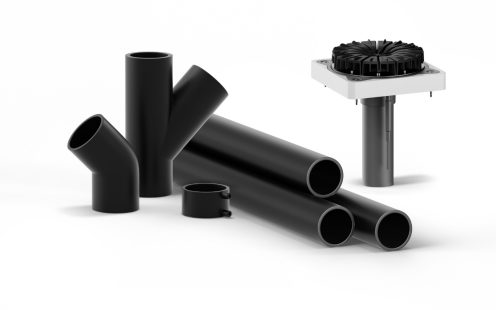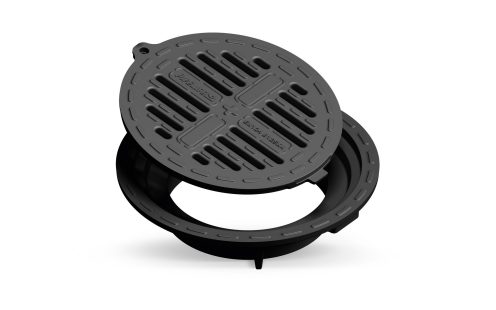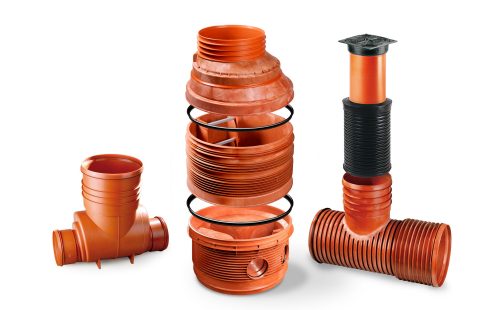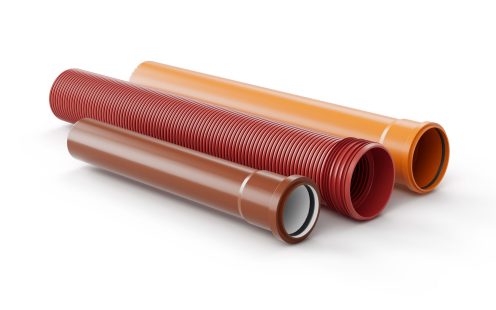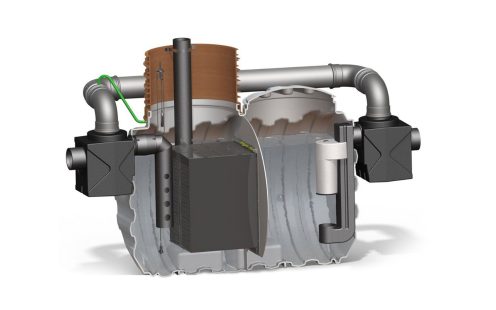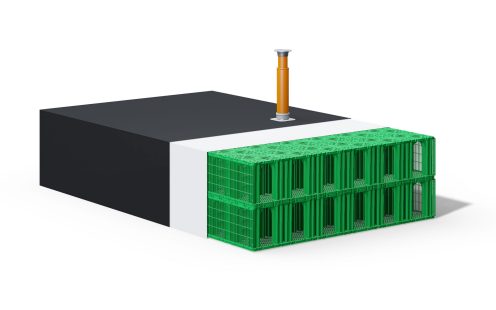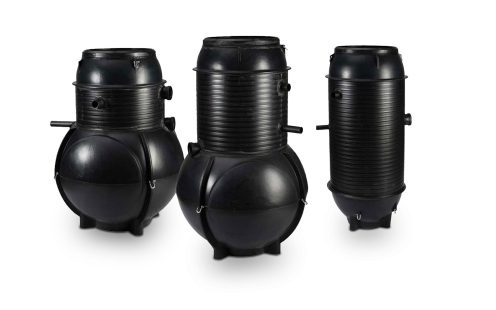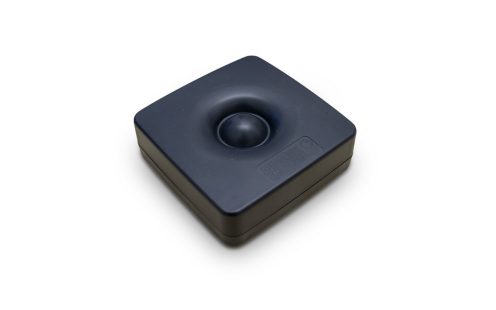PRACTICE SUSTAINABLE WATER MANAGEMENT with MODULAR INFILTRATION
Extreme weather events pose significant flood risks for businesses and communities across Europe. Diminishing green spaces impact the ability of public stormwater networks to cope with excessive rainfall over short periods, leading to increased flood damage and water supply contamination.
This is made worse by the impact soil-sealing is having on the hydraulic invariance of groundwater levels — a subject of increasing concern for the European Commission. As natural water cycles are disrupted, cities are increasingly vulnerable to damaging groundwater-related subsistence due to diminishing water tables — not to mention the impact a decline in Europe’s main source of drinking water will have.
Pipelife infiltration systems are the cornerstone of our stormwater solution. Modular crates combine to create high-capacity tanks for excess runoff, while a geotextile casing ensures gradual drainage at a rate the soil can handle.
Discover how our approach to flood prevention facilitates sustainable stormwater practices by supporting natural water cycles.
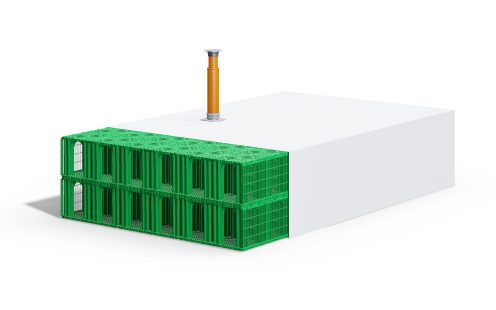
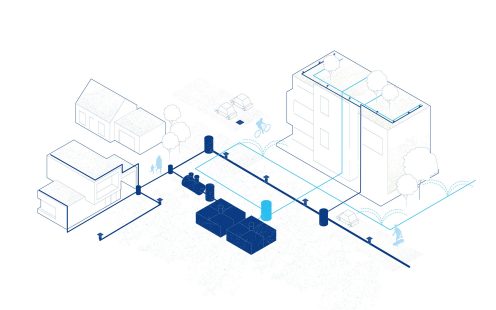
BENEFIT FROM SUSTAINABLE STORMWATER INFILTRATION
Designed to protect your property as well as the local environment, our infiltration systems facilitate sustainable water management practices that support hydraulic invariance in your area. Discover how our tailored solutions can meet your specific requirements while aligning your project with European groundwater protection laws.
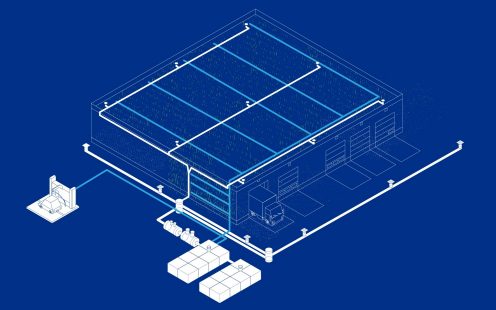
TAKE ADVANTAGE OF OUR TAILORED DESIGN SERVICE
Our comprehensive consultation service utilizes flood-risk calculation software to tailor the system to your specific project requirements. Weather data, soil characteristics and physical surroundings are analyzed to ensure your setup is optimized for the local environment.
With a tailored solution, you can serve multi-unit properties with a single infiltration system and avoid the extra cost and space associated with separate installations.
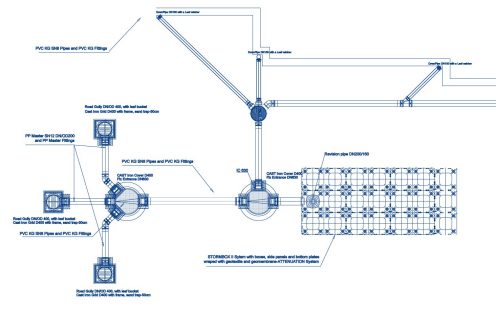
OPTIMIZE PERFORMANCE WITH SMART SOLUTIONS
The integration of Pipelife smart solutions into your stormwater management system provides greater control, easier asset management, stress-free operation, improved resource efficiency, proactive maintenance and more.
Our smart level sensor allows you to monitor water levels inside the tank and take preventative measures to minimize potential flood damage. You can also predict expected rainfall quantities with integrated weather data analysis via the Pipelife SmartHub.
SmartHub is a web-based data and software platform that provides a powerful interface for conducting daily operations and asset management. SmartHub complies with the highest IT security standards and is available 24/7 via your web browser or the Pipelife SmartHub app.
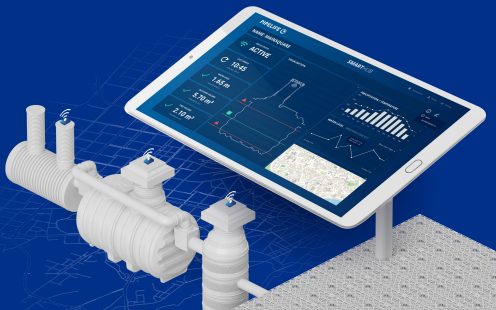
Frequently Asked Questions
1. WHAT IS A STORMWATER INFILTRATION SYSTEM?
Infiltration systems are an integral component of a comprehensive stormwater management solution. Robust plastic crates are linked together to create a vast rainwater retention tank that is installed entirely underground. The tank is covered in a geotextile that enables the collected rainwater to gradually drain into the soil.
The system prevents flooding from excessive rain or meltwater by providing dedicated underground storage. Beyond the protection this provides for businesses and homeowners, infiltration systems relieve pressure on public stormwater and sewerage systems. This helps to prevent overflows and potential contamination of natural water sources.
Infiltration is critical for sustainable water management, too. Increasingly soil-sealed urban areas disrupt natural water cycles by preventing rainwater from draining into the soil. This diminishes groundwater resources and contributes to potentially devastating soil subsistence. Infiltration systems address this by enabling controlled percolation of treated stormwater back into the ground — despite soil sealing.
2. WHAT’S THE DIFFERENCE BETWEEN AN INFILTRATION SYSTEM AND AN ATTENUATION SYSTEM?
While both infiltration and attenuation systems can be made from similar components, they serve different functions depending on the needs of the user:
Attenuation systems are large underground storage tanks that retain and store rainwater. Stormbox crates are connected to create a vast underground tank that is encased in an impermeable foil. This dedicated underground storage not only prevents flooding but creates a reservoir of reusable water for non-potable applications, such as bathroom facilities, car washing, irrigation or firefighting.
Infiltration systems are similar in design, but instead of retaining collected rainwater, they facilitate its controlled infiltration into the ground. This is possible thanks to a semi-porous geotextile, which allows the gradual percolation of water at a rate the soil can handle.
3. DO I NEED AN INFILTRATION SYSTEM OR AN ATTENUATION SYSTEM?
In many cases, infiltration and attenuation systems can work together to create a comprehensive and sustainable water management solution that provides both flood protection and drought relief.
You can successfully determine which systems you need through a consultation with our experts. Key indicators include soil characteristics and the geographical location of your property, as well as the local potential for heavy rainfall and/or droughts.
Those in sealed urban environments or remote areas without access to public networks will benefit most from an infiltration system.
In the urban context, infiltration systems allow for the completion of natural water cycles despite a lack of green space. This helps to establish hydraulic invariance, replenishing groundwater resources and avoiding the potentially devastating effects of related subsistence.
In remote locations that lack access to public sewerage networks or local water bodies, infiltration systems provide a safe and controlled way to drain excess water directly into the soil.
Alternatively, attenuation systems will be preferable for those in areas that experience droughts and/or have impenetrable soils.
For example, clay can impede the ability of an infiltration system to successfully drain water through the soil. Therefore, an attenuation system that stores rainwater for controlled discharge into public networks or retains it for later reuse will be better suited to this pedological environment.
Similarly, if your property is located in an area that is vulnerable to water shortages, having a store of reusable rainwater for non-potable applications, such as irrigation and bathroom facilities, can be particularly advantageous.
4. WHY ARE INFILTRATION SYSTEMS IMPORTANT FOR SUSTAINABLE WATER MANAGEMENT?
Infiltration systems contribute to sustainable water management practices by supporting natural water cycles and preventing untreated runoff from contaminating lakes, rivers and drinking water supplies. Furthermore, the controlled percolation of water avoids oversaturating the soil and the consequences for infrastructure and plant life this can have.
Beyond functional contributions to sustainability, our infiltration products are also fully recyclable and reusable — particularly with regard to our Stormbox E range, which is made from 100% recycled materials.
5. HOW DO I ENSURE THE INFILTRATION SYSTEM WORKS EFFECTIVELY ON MY PROPERTY?
We offer a comprehensive consultation service with our design team to ensure your system is perfectly aligned with the needs of your property. By analyzing flood-risk calculation software, weather data and soil characteristics, we ensure your setup is optimized for the local environment as well as surrounding infrastructure.
This service is particularly advantageous for multi-unit projects as we can configure your setup into a single solution working for all properties and avoid the extra cost and space associated with separate system installations.
6. ARE INFILTRATION SYSTEMS DIFFICULT TO MAINTAIN?
We facilitate effortless maintenance with unique crate designs that ensure easy access for cleaning and inspection. The new Stormbox II facilitates faster maintenance with an innovative wall design that enables high-pressure water jet cleaning without damaging the geotextile casing.
7. HOW LONG DO INFILTRATION SYSTEMS LAST?
Pipelife infiltration systems are manufactured from high-quality raw materials to endure with minimal maintenance. Systems in highly trafficked areas will last at least 50 years, while those experiencing lighter loads will last even longer.
8. HOW MUCH DO INFILTRATION SYSTEMS COST?
Pipelife infiltration systems are competitively priced in each local market. They are all-encompassing solutions tailored to the custom requirements of your property, and the price varies accordingly. Please get in touch with your local Pipelife partner for a detailed offer.
9. WHERE CAN I BUY AN INFILTRATION SYSTEM?
Our infiltration systems can be bought directly from your local Pipelife partner. We are present in over 20 European countries, all of whom will be happy to answer any of your purchasing inquiries. For more details, see the list of our operating countries at the bottom of the page.
News and Projects
Downloads
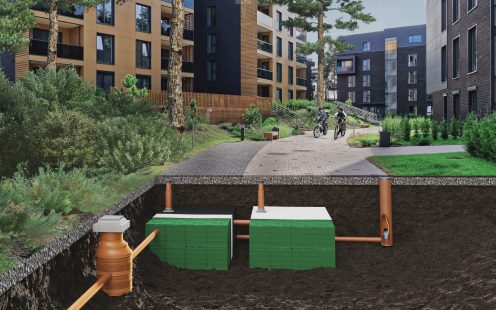
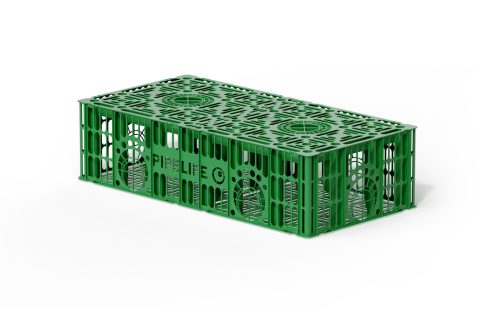
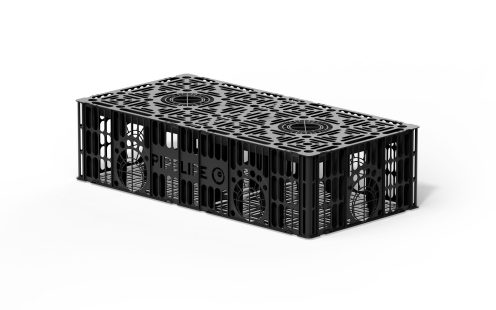
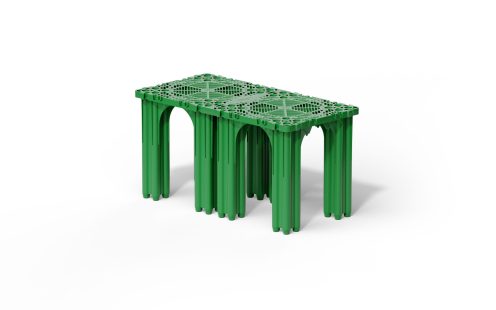
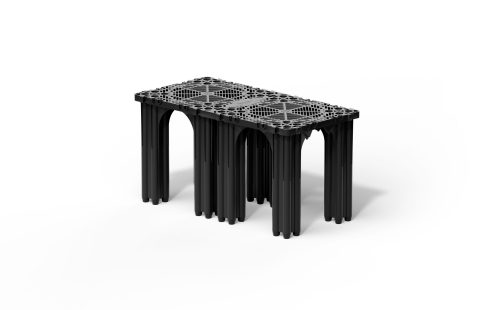
.jpg)
.jpg)


